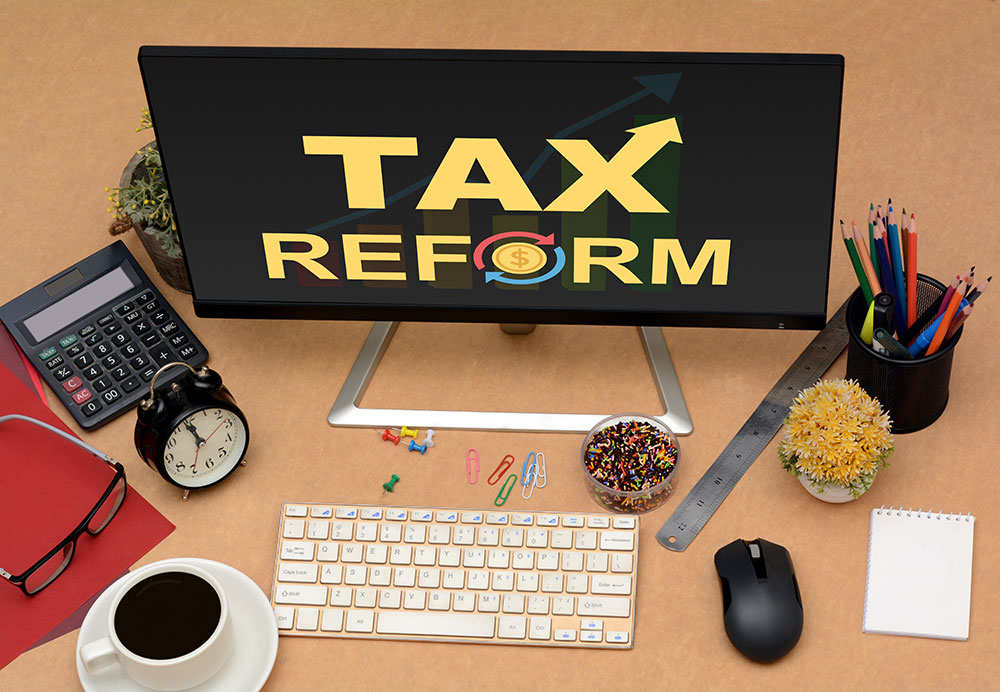Tax Reform Impact on Meals, Entertainment, and Automobile Parking
April 27, 2018
If you’ve formed certain habits related to how you handle meals, entertainment, transportation, and parking as it relates to your business and taxes, the time to change those habits has come.
As this report notes, tax reform law commonly referred to as H.R. 1 Tax Cuts and Jobs Act of 2017 has changed the deductibility of certain meals, entertainment and transportation expenses. Before 2018, a taxpayer could deduct 50 percent of business meals and entertainment and 100 percent of meals provided through an in-house cafeteria or meals provided for the convenience of the employer (i.e., also known as a de minimis fringe benefit).
Not so anymore.
Under the new law, effective January 1, 2018, entertainment is no longer deductible and meals provided through an in-house cafeteria or for the convenience of the employer are subject to the 50 percent limitation.
And for tax years after 2025, meals provided through in-house cafeteria or for the convenience of the employer will not be deductible at all (unless Congress makes changes before 2025 when certain provisions change or expire). No change was made to the rule allowing a 50 percent deduction for business meals and a 100 percent deduction for expenses incurred for recreational, social, or similar activities (including facilities, but not club dues) primarily for the benefit of employees (other than employees who are highly compensated employees).
As Tax Connections notes, prior to TCJA, entertainment, amusement, and recreation expenses could be deducted (subject to certain restrictions) to the extent the taxpayer could “establish that the item was directly related to, or in the case of an item directly preceding or following a substantial and bona fide business discussion (including business meetings at a convention or otherwise), that such an item was associated with, the active conduct of the taxpayer’s trade or business.”
TCJA §13304(a) fully repealed the deductibility of these items, regardless of any proximate business purpose.
No More Free Parking
As discussed in a blog by attorneys Durham Jones & Pinegar things have also really changed when it comes to the deductibility of automobile parking.
Effective January 1, 2018, the Act eliminates the tax deduction benefit that has long been available to employers that subsidize their employees’ transit and parking expenses. For years employers could provide or pay for parking or transit passes (worth up to $255 a month to employees in 2017) as a tax-free benefit to help pay for their employees’ commuting expenses, and then deduct those costs from their business taxable income.
Under the Tax Cuts and Jobs Act (the Act) employers can still provide parking or transit passes to employees, but the employer will no longer get to deduct the costs of that benefit. Any arrangement where the employer pays for employee parking, no matter how structured, will mean a non-deductible expense for the employer.
Parking is employer-provided if:
- It is on property that the employer either owns or leases,
- The employer pays someone else (such as their landlord or a parking lot/garage owner) for the parking, or
- The employer reimburses the employee for parking expenses.
According to the Durham Jones & Pinegar blog, employers who wish to avoid the loss of the tax deduction or the after-tax imposition of the parking cost on their employees will need to create a method to continue providing tax-deductible parking to employees. Refer to Pinegar for relevant examples and workarounds.
In conclusion, the information recited in this blog is solely intended to emphasize from a different angle information presented elsewhere. This information is not intended to be used by the reader for any purpose other than general information. We forewarn the reader against making any form of business decision based solely on the blog we have created as these articles serve as snippets and brief overviews of broad, complex situations. Prior to making any business decision, first seek advice from a suitable professional such as a licensed legal or accounting professional.









